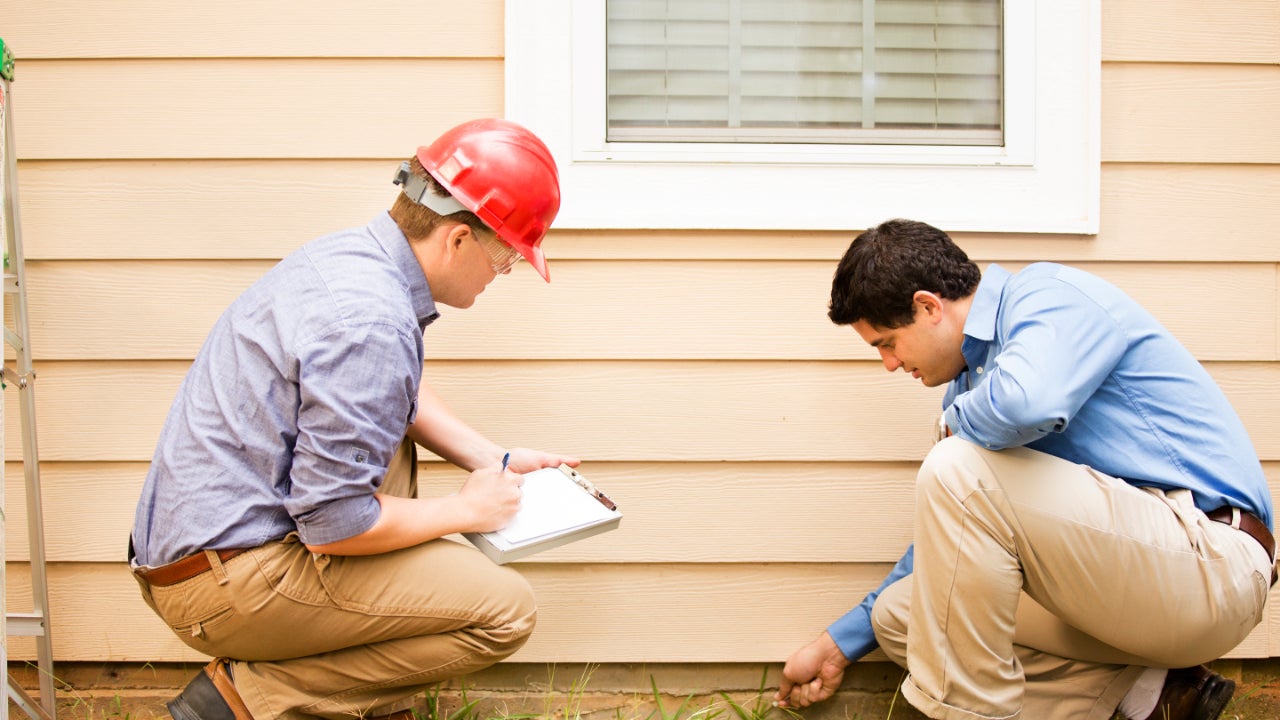How much does a HVAC installation cost?
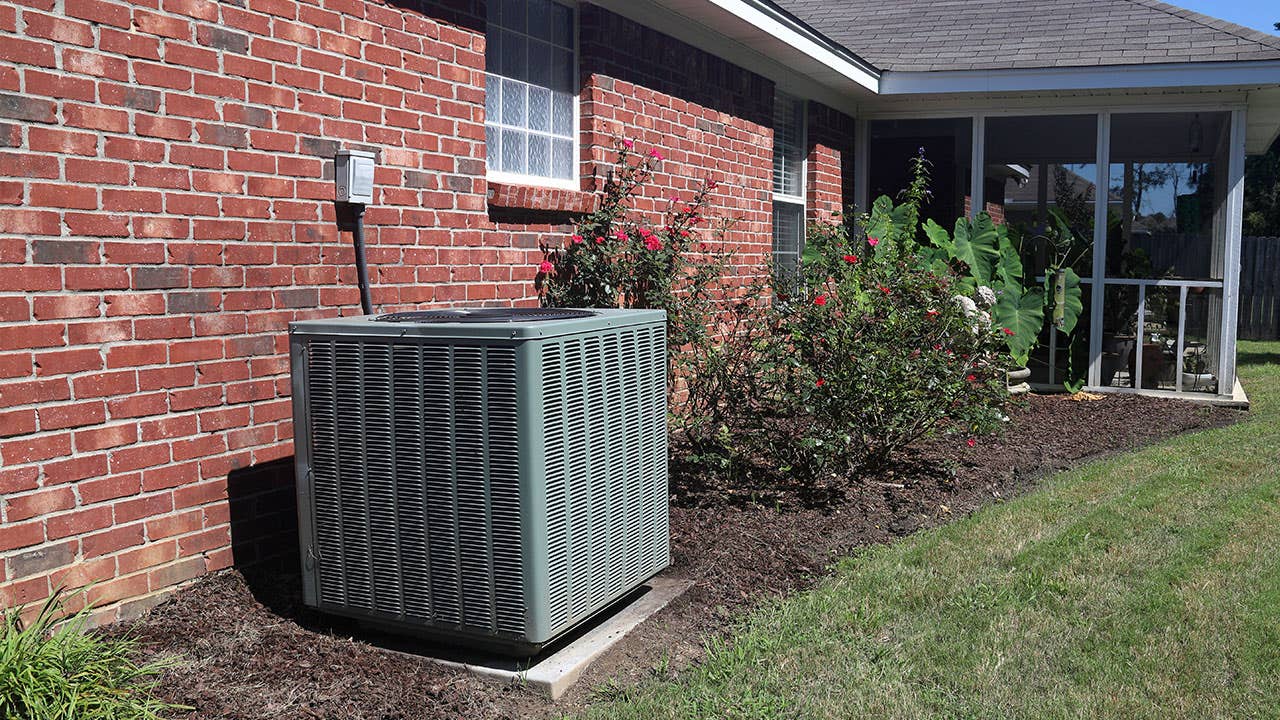
Key takeaways
- Installing a new HVAC system ranges on average from $5,000 to $12,500.
- Several factors influence your HVAC replacement cost, including the size and layout of your house, the reusability of the ductwork, the system’s energy efficiency and the complexity of the project.
- You can consider taking out a personal loan, home equity loan or a HELOC or to finance your HVAC replacement.
A heating, ventilation, and air conditioning (HVAC) system controls the heat, humidity and air flow inside a building. It acts like your home’s respiratory system, regulating the temperature to keep the house cool in summers and warm in winters, cleaning the air, and maintaining the right amount of air moisture. Most HVAC systems have a lifespan of 10 to 15 years, and some can even last for 20.
However, when your HVAC conks out, getting a new one won’t comes cheap. According to Angi, the contractor-search site, the average cost of a new HVAC system nationally runs about $7,500 but can range anywhere from $5,000 to $12,500, reflecting the system’s size, style and brand, along with your home’s size and layout. Much depends on its ductwork, too — how much needs to be replaced or augmented.
Still, HVAC systems are necessary: A broken or poorly functioning one can cause your heating and cooling bills to skyrocket — not to mention making your home rather uncomfortable or even unhealthy to inhabit. While pricey, replacing a HVAC system does not have to be stressful if you take the time to learn the ins and outs, including the potential cost and how to finance the project.
The cost of HVAC installation by unit type
A/C costs
Air conditioning systems vary widely in cost, depending on the unit type. On the cheaper end of the spectrum, there are self-installed window units and portable units, which you can find for less than a few hundred dollars in some cases. However, if you want something more advanced that can cool down a larger area (like a split system or central A/C), you can expect to pay at least a couple thousand dollars.
| A/C unit type | Cost (including installation) |
|---|---|
| Source: HomeAdvisor | |
| Window and portable units | $150 – $500 |
| Ductless split system | $2,000 – $14,500 |
| Central air conditioning system | $1,900 – $5,500 |
Furnace costs
Furnace prices also vary based on the type of fuel that they use. In general, the most affordable options are electric furnaces, followed by natural gas and oil furnaces.
| Furnace type | Cost (including installation) |
|---|---|
| Source: HomeAdvisor | |
| Electric furnace | $1,600 – $6,900 |
| Natural gas furnace | $3,800 – $10,000 |
| Oil furnace | $6,750 – $10,000 |
Heat pump costs
Having a heat pump installed will set you back anywhere from $1,300 for a mini-split heat pump to $40,000 for a supplemental electric one. Other types, including air source and geothermal heat pumps, fall somewhere in the middle.
| Heat pump type | Cost (including installation) |
|---|---|
| Source: HomeAdvisor | |
| Air source | $4,500 – $8,000 |
| Geothermal | $6,000 – $20,000 |
| Mini-split | $1,300 – $8,000 |
| Hybrid | $2,500 – $10,000 |
| Solar | $18,000 – $34,000 |
| Supplemental electric | $2,500 – $40,000 |
What influences HVAC installation costs?
A HVAC system consists of two basic elements: the heating/cooling units themselves (furnace, air conditioner, etc.) and the ductwork, the system of tubes that circulate the air throughout the house. Replacing a HVAC system can involve one or both, and it makes a difference, price-wise. According to HomeGuide.com, the average cost to replace the HVAC units is $5,000 to $11,000; to replace the units with ductwork runs between $7,000 and $16,000 in total.
House size
The larger your home, the more square footage the HVAC system will need to heat or cool. The size of the unit installed is determined by the amount of square footage of your home, and if your home is large, you may need more than one HVAC unit to cover it.
Your home’s construction also plays a critical role in what HVAC system you need. If you have adequate insulation you may be able to get away with a unit that has less air conditioning and heating capacity. Improper or inadequate insulation means that the HVAC system will need to work much harder to keep your home cooled or heated, and you may need a unit with more heating and cooling capacity.
Ductwork
If a HVAC system acts as your house’s lungs, then its ductwork — the tubes that transport the heated or cooled air throughout the home — are its veins and blood vessels.
Ductwork is priced by quantity and averages around $15 per linear foot, says Mallory Micetich, a home expert at Angi. “The average total cost will depend on what material you choose, whether you need to add vents, the size and layout of your home, where you live, and the accessibility of any existing ductwork,” she says. You may also pay extra to have the ducts encased and hidden.
It is possible the existing ductwork in your home will be sufficient for a new HVAC system. However, if your ductwork does need to be replaced or extended, you should expect to see significant extra costs — it’s often the most labor-intensive part of the job. New ductwork alone can add up to $5,000 to your bill, according to HomeGuide.
Brand of HVAC unit
The brand of the HVAC system you select may have a significant impact on equipment cost, installation cost and warranty. Some of the most common HVAC system brands on the market today include:
SEER value
SEER stands for Seasonal Energy Efficiency Ratio, which is the rating that results from the ratio used to measure a system’s energy efficiency. The higher the SEER rating, the more energy-efficient the system will be and the more money you’ll save on utility bills each year. Units with higher SEER ratings cost more, though, and if you live in a moderate climate, it may not make financial sense to spend more on a system with a higher SEER rating.
Project difficulty
HVAC systems that are harder to access or older homes that require modifications or custom parts will likely result in higher HVAC replacement costs. Something to keep in mind when you’re shopping for that Victorian Gingerbread manse or Art Deco-era bungalow.
HVAC installation costs: prices for different parts
Along with the overall HVAC system — new air conditioner, ductwork, and furnace — you will have a variety of optional upgrades or add-ons. Many HVAC companies offer extras like dehumidifiers, air purifiers, zoning systems, smart thermostats, carbon monoxide alarms and UV lamps.
If you would like such additional components, your HVAC system cost will likely be even higher — as high as $9,500 to $18,500, according to HomeGuide. Some details on different ones:
Air purifiers
Air purifiers can be a great option for improving indoor air quality in your home. “There are various sizes and prices available on the market, so think about what works best for your home,” says Micetich. Costs can range from $100 to thousands of dollars, depending on size, brand, noise level and various other features.
Dehumidifiers
Installing a whole-house dehumidifier can range in cost from $1,300 to $2,800, averaging around $2,000. “Basement models range from $1,300 to $1,800 and crawl space models are closer to between $1,500 and $2,000,” says Micetich. “The cost range depends on the unit capacity, brand, accessibility of the installation area, and whether you decide to add a designated outlet or return duct.”
Smart thermostats
Smart thermostats are typically more expensive than traditional alternatives, costing between $120 and $260, depending on the brand, special features and difficulty of installation. This will often be money well spent, however, as these types of thermostats can save you money over the long run.
“Make sure you invest here, smart thermostats can help to save you money by helping you learn about your habits, such as when you leave, when you return, optimizing energy usage and most importantly, vacation modes and the ability to turn on or off your system when you’re on your way to or from home,” says David Steckel, a home expert with Thumbtack.
UV lamps
Homeowners are seeing the benefits of lower electricity bills and cleaner air by adding UV lights to their HVAC systems. New bulbs for these types of lamps start at around $100 per bulb and generally need to be replaced each year. “For new parts and installation, you could see a total cost of up to $1,500,” says Micetich. “This seems expensive but will ultimately save you money on monthly bills and help keep your family healthier, especially if you live in an area with poor air quality.”
Tips for saving on HVAC installation
You may be able to save money on replacing your HVAC system by using one or more of the following methods.
Find the right HVAC size for your home
Speak with more than one professional to help determine an adequately sized HVAC system for your home and needs. Make sure that your HVAC specialist recommends the purchase of a system big enough to meet your comfort level and desires, but avoid spending the extra money to purchase one bigger, or with more bells-and-whistles, than you’ll realistically require.
“Research the different options and talk to the HVAC pros about what might work best for your home based on its size, age and layout,” says Micetich. “Some systems will be more challenging to install in multi-level homes or homes without existing ductwork, so consider what makes sense for your space.”
Get multiple quotes
Find an HVAC installer who is fair and upfront about price, but don’t just go for the cheapest. You’ll want the best work for the least money, not the least work for the least money. If you try to cut corners, you could be facing repairs well before you’re ready to.
“Get at least three estimates and don’t be shy about asking as many questions as you’d like,” says Micetich.
Get referrals
Ask around for referrals and references. All companies are not equal, especially when it comes to the customer service they offer. If an HVAC company has a reputation for terrible customer service but offers you the lowest replacement cost, you may end up spending more in the long run (not to mention the extra time, effort and hassle).
“Research various local HVAC pros and check out their ratings or reviews online,” says Micetich. “Many high-quality pros will come to your home to check out the issue in person before providing a detailed estimate. You can help ensure the estimate is accurate by understanding your system and providing as many details as possible about the current system, what you need done, what work has been done in the past and any issues you’ve been having.”
Keep things up to date
Replace air filters regularly. And even if your system seems to be functioning fine, start thinking about replacement after a decade or so — the midpoint of its (most generous) lifespan. Odds are, a new, more energy-efficient model or features now exist. Upgrading some parts of the system will be cheaper than an overall overhaul, and might be enough to stave off a breakdown.
HVAC financing options
Once you’ve determined who you want to hire to replace your HVAC system, determine how you will pay for the replacement. If you don’t have $5,000 to $12,500 in your bank account waiting to be spent, you’re not alone. There are plenty of HVAC financing options available to help you foot the cost of the bill.
Home equity loan
If you have built up significant home equity (the difference between what you owe on your mortgage and what the home is worth), a home equity loan for your HVAC replacement might work well. Using your home as a collateral, banks will allow you to borrow a percentage of the equity — usually up to 85 percent, but it can vary — and you can usually do so with low but variable interest rates and tax-deductible interest. There may be closing costs and other fees to consider with this type of loan, though, and you’ll have to have a big enough ownership stake to qualify.
Home equity line of credit
Similar to a home equity loan, a home equity line of credit (HELOC) allows you to borrow against the equity in your home; but rather than receiving a lump sum, a HELOC gives you access to a line of credit that you can borrow from repeatedly during the draw period. HELOCs usually offer a low interest rate, but the rate can fluctuate. Still, the flexibility of the withdrawals may be a great option if you have several home improvement or maintenance projects in mind, or if you aren’t sure whether the HVAC replacement will require ductwork and don’t want to have to take out multiple loans to pay for it.
Home improvement loan
A home improvement loan works like a standard personal loan and is ideal for projects such as an HVAC installation or replacement. Most banks and lending institutions offer personal loans to people who have average or above-average credit. They are quick to get approved for, have a fixed interest rate and the repayment period varies between 12 and 60 months.
On the upside, personal loans usually offer quick access to funds, which is important if your HVAC system is not functioning correctly. On the downside, you are stuck with interest payments for several months or years for even a small home improvement project. Unlike home equity financing, the interest in not tax-deductible, either.
HVAC company installment plan
Some HVAC companies offer special payment plans to customers who meet certain requirements. This type of financing can sometimes even be interest-free for a specific period. Although great for the short term, this plan can quickly become costly if you let the borrowed sum age and turn into a high-interest loan. If you consider in-house financing, go over the details and fine print with utmost care.
Final word on HVAC installation costs
Replacing an HVAC system can be a costly and complicated project. Here are some of the key steps if you plan to move forward.
- Research will help you make the best decisions. Understand what type of system will work for your home, based on its size, layout, age and existing system. If you need ductwork replaced or installed, it will probably boost the overall cost of the new system by one-third.
- Add-ons will cost you more. Additional components such as air purifiers, dehumidifiers, smart thermostats and UV lamps will push the price of your project even higher. Understand all of the variables ahead of time, as well as the value of each of these options and how they may impact your long-term costs.
- Multiple estimates can help save you money. Get at least three estimates and ask a lot of questions before signing a contract to make sure you’re working with a high-quality pro and are not faced with any major surprises along the way.
Once a new system is installed, protect your investment by keeping the system in top shape. “Just remember that your HVAC system is your home’s respiratory system, and it’s crucial to take care of it with regular maintenance,” says Steckel.
You may also like
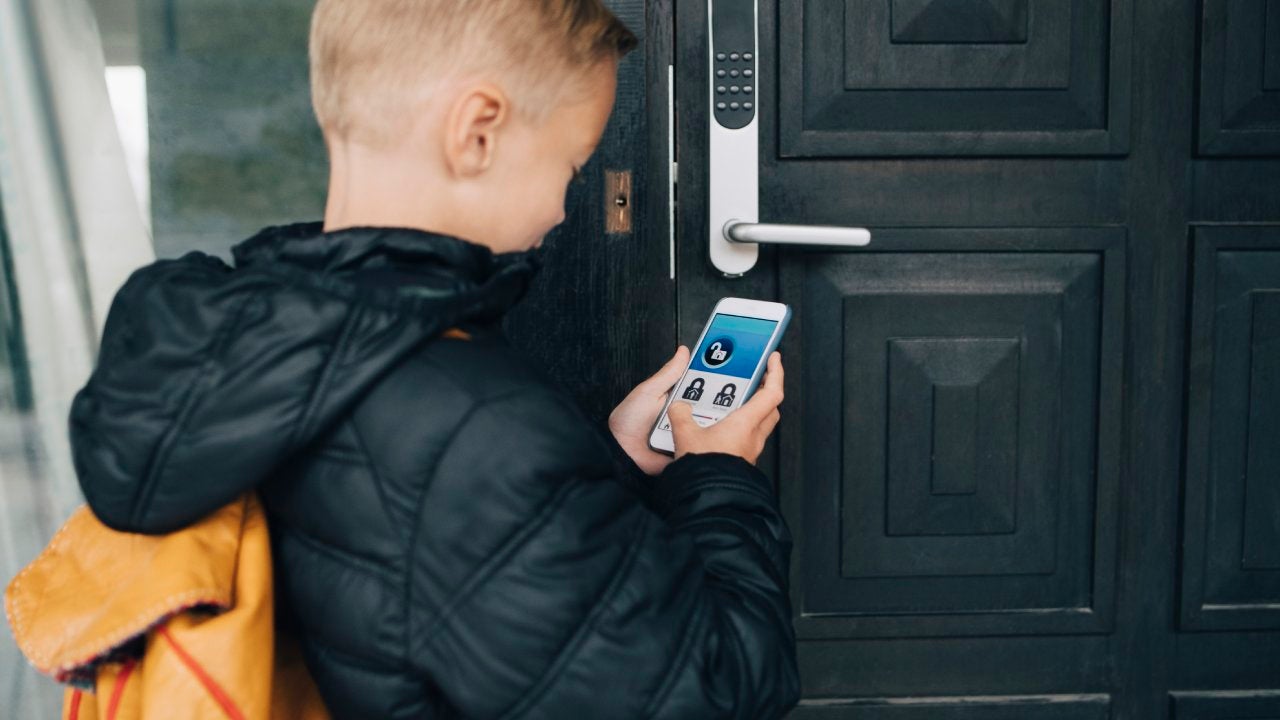
How much does a home security system cost?
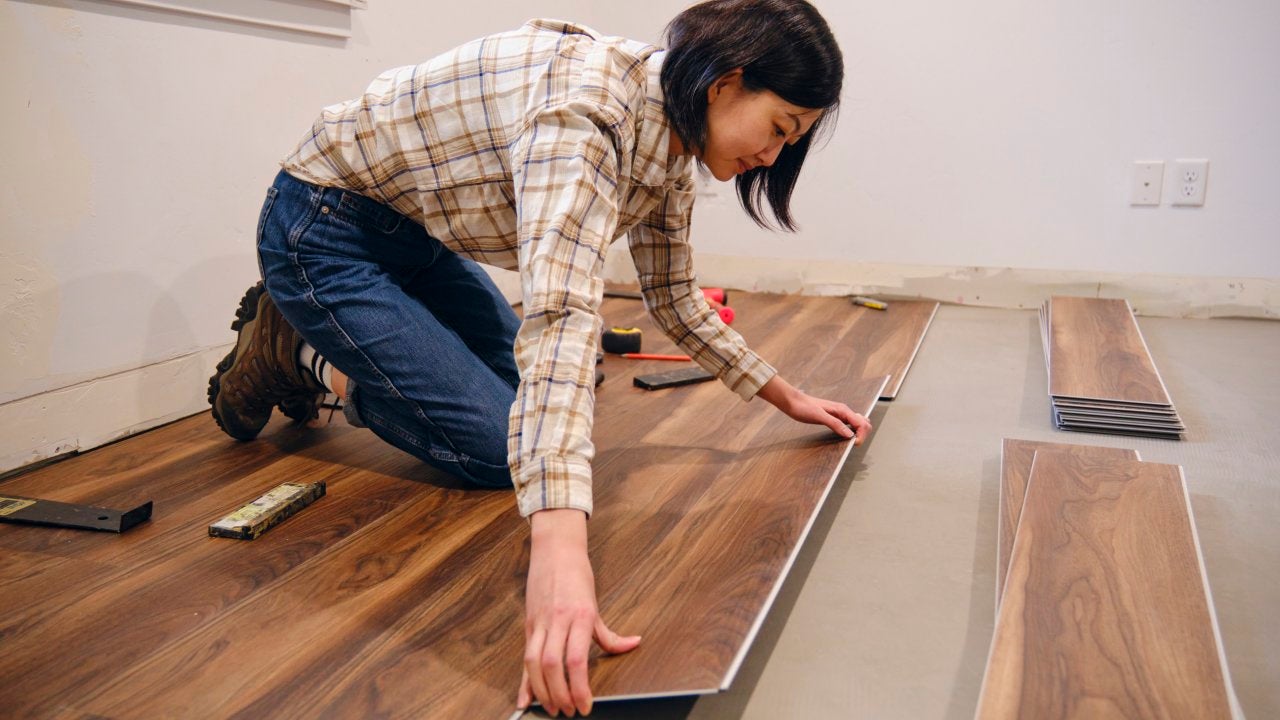
How much does flooring installation cost?
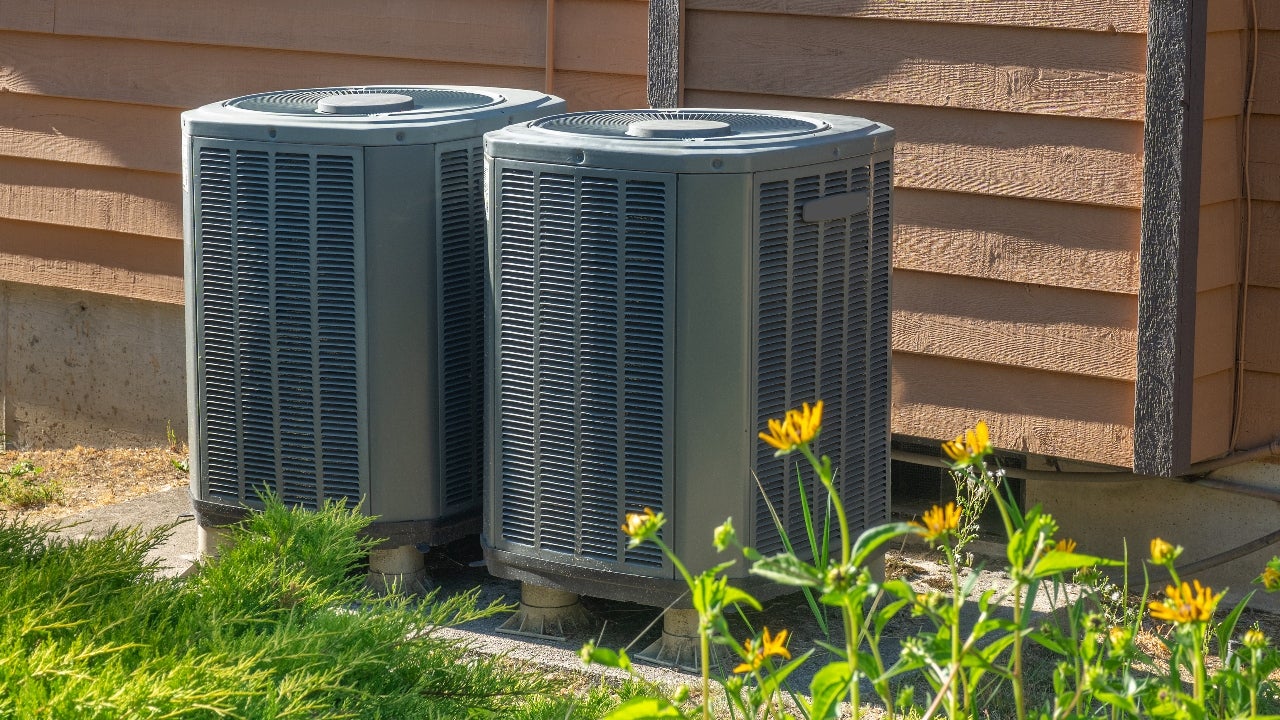
How much does it cost to install central air?



